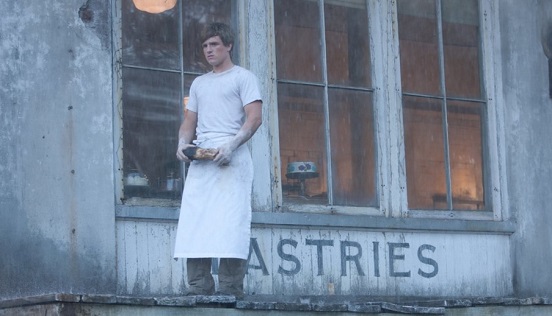Continuous improvement is one of the necessary pillars when it comes to Agile.
Failing to improve your process won’t let you unlock its full potential nor reach the benefits promised by Agile.
But whether you’re practicing agile or not, I’m bet that you do care about improving what your doing.
Identifying things to improve can be done by conducting a retrospective session.
Retrospective is a special meeting that takes place at the end of an iteration or a project.
It is a dedicated moment where the team take time to inspect the work done and try to spot opportunities for improvement.
Planning and conducting retrospectives is not hard, but some pitfalls might prevent you from getting out the desired outcome. Read on to know what are the 6 things that could ruin your retrospectives.
Totally winging it
 As any other work session or meeting a retrospective should be structured and activities prepared.
As any other work session or meeting a retrospective should be structured and activities prepared.
A retrospective is usually composed from several activities that will help the team spot imrovement opportunities and deduce relevant actions.
To achieve this goal the activities need to fit well together, the timing already figured out and sometime materials need to be prepared up-front, like posters, cards, etc.
Improvising your session will most probably lead to poor outcomes.
My advise: take the time, 15 to 20 minutes are enough to structure a retrospective.
Choose a theme and the sequence of the activities, take some time to refresh your memory on how they are conducted, specify the time you’re going to allocate to each one. Share the agenda with the team at the start.
Fighting Hunger
 Maslow’s hierarchy of needs tells us that food is one of the very basic human needs.
Maslow’s hierarchy of needs tells us that food is one of the very basic human needs.
You need to remeber that whenever you find yourself in the obligation to plan a retrospective during lunchtime.
It’s better to avoid such situation, participants will be only thinking on when the session will end so that they can get to eat. At worst if you can’t avoid it, do order food for the team, competing against hunger is a lost battle.
As a general rule, it’s a good idea to have some fruits or candies available for participants. This will help them to remain energized and contributes to the good working atmosphere.
Don’t forget to schedule a short break in the middle of the session, let people get out of the room, fulfill their needs, grab a cup of cofee or a bottle of water.
Lightning Speed Retrospective
 A typical retrospective will take between 1h30min and 2h to deliver good actionable items. It’s simply the time needed to collect the data, analyze it and deduce improvement actions.
A typical retrospective will take between 1h30min and 2h to deliver good actionable items. It’s simply the time needed to collect the data, analyze it and deduce improvement actions.
If the team is lacking time, the last thing to is to shorten the retrospective. Doing that will only lead to the opposite desired outcome, wasting time on an inefficient session.
When the team find itself unable to allocate the appropriate time to its retrospective, my advice is to exceptionally skip the occurrence, secure the next retrospective and make sure the team identify what need to be done to avoid hitting the same issue in the future.
Skipping the Starter
 It’s a good practice to start any work session with an ice breaker. Why ? Studies have shown that when a participant in a meeting doesn’t speak during the first five minutes, he usually remain silent till the end of the session.
It’s a good practice to start any work session with an ice breaker. Why ? Studies have shown that when a participant in a meeting doesn’t speak during the first five minutes, he usually remain silent till the end of the session.
You don’t want that to happen to your retrospective, on the contrary you want all the participants to speak up and share their concerns and ideas on improvement.
By skipping your check-in activity you are giving each participant the permission to remain silent for the rest of the session.
Spending 5 or 10 minutes in an ice break at the start of the retrospective is good investment to make that can only improve the outcomes.
Skipping the Desert
 Retrospecting is part of your process, so as the rest it can and need to be improved constantly.
Retrospecting is part of your process, so as the rest it can and need to be improved constantly.
The check-out activity is your opportunity to get feedback from the participants in order to improve the next occurrences.
Don’t skip it, make sure you plan a “Return on Time Invested” or a “Plus/Delta” activity to get insights on what can be improved.
All Talk and No Action
 Your team is extremely busy and improvement actions are piling up in a todo list somewhere.
Your team is extremely busy and improvement actions are piling up in a todo list somewhere.
Clearly the teams not improving, and it will soon start loosing faith in retrospectives and see them rather as waste.
This pitfall can be avoided by simply adding the identified improvement actions to the team backlog and treat them as any other task in the backlog. Apply to them the same prioritizing technique and plan them accordingly.
In the Scrum framework this technique is called “Scrumming the Scrum”.